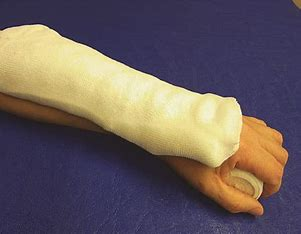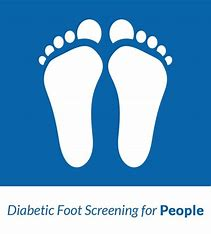
Source: india today
India is a country with a billion people wherein there is one allopathic doctor available for every 10,189 people whereas as per World Health Organisation (WHO) the ratio should be one doctor for 600 people. This itself reflects that India is facing a dire need for more doctors. Keeping the current scenario in mind, low-cost healthcare devices can often replace the need for trained medical personnel. Taking a note of this statistic, thirteen centres of Biomedical Engineering Technology incubation Centre (BETiC), starting with the one at IIT Bombay, have till date created 40 different novel and affordable medical devices. BETiC has become a centre of innovation where more than 100 engineers and doctors are closely working together to solve the healthcare problems of a billion people.
BETiC centre at IIT Bombay has made many low-cost medical devices like smart stethoscopes to easy diabetic checkups which can do many tasks allowing for easy and affordable healthcare with the aim of saving valuable time of highly trained doctors. An example here is of the CollabDDS system developed by National Informatics Centre (NIC) which allows x-ray images taken in a remote hospital to be shared and examined in real-time by an expert radiologist in a tertiary care hospital.
The SMART STETHOSCOPE developed by Ayu Devices is used by primary healthcare doctors to record and share chest or heart sounds to experts in tertiary care hospitals for a second opinion and diagnosis. The HYBRID PLASTER SPLINT is a simple formulation to hold injured body parts together after an accident to prevent further damage during transport of the patient to the hospital and is being used in the remotest of villages. This splint is made from a combination of paper pulp and Plaster of Paris which is extremely light weight and can be carried in a first aid kit for emergencies. College of Engineering, Pune (one of the centres of BETiC) has developed a patented hybrid orthopedic splint which can be used as an instant plaster on a fractured limb to ensure that the broken bone stays in normal position and avoid propagation of crack.

DIABETIC FOOT SCANNER has been developed by a team at IIT Bombay to help healthcare workers in far-reach areas to prevent long-term ulceration and amputation among patients. Statistics show that India is home to more than 60 million diabetics and every year over one lakh people undergo amputation. A diabetic foot can be managed better if rural healthforce is trained to use this scanner device, saving diabetics from amputation.
The team has developed a semi-automatic non-invasive device for screening a diabetic foot condition wherein it detects the stiffness of tissues on the sole of feet and categorizes the condition of the foot in green, yellow and red risk zones. The clinicians can uprise the patients susceptible to diabetic foot ulceration in advance, potentially saving them from an amputation.

